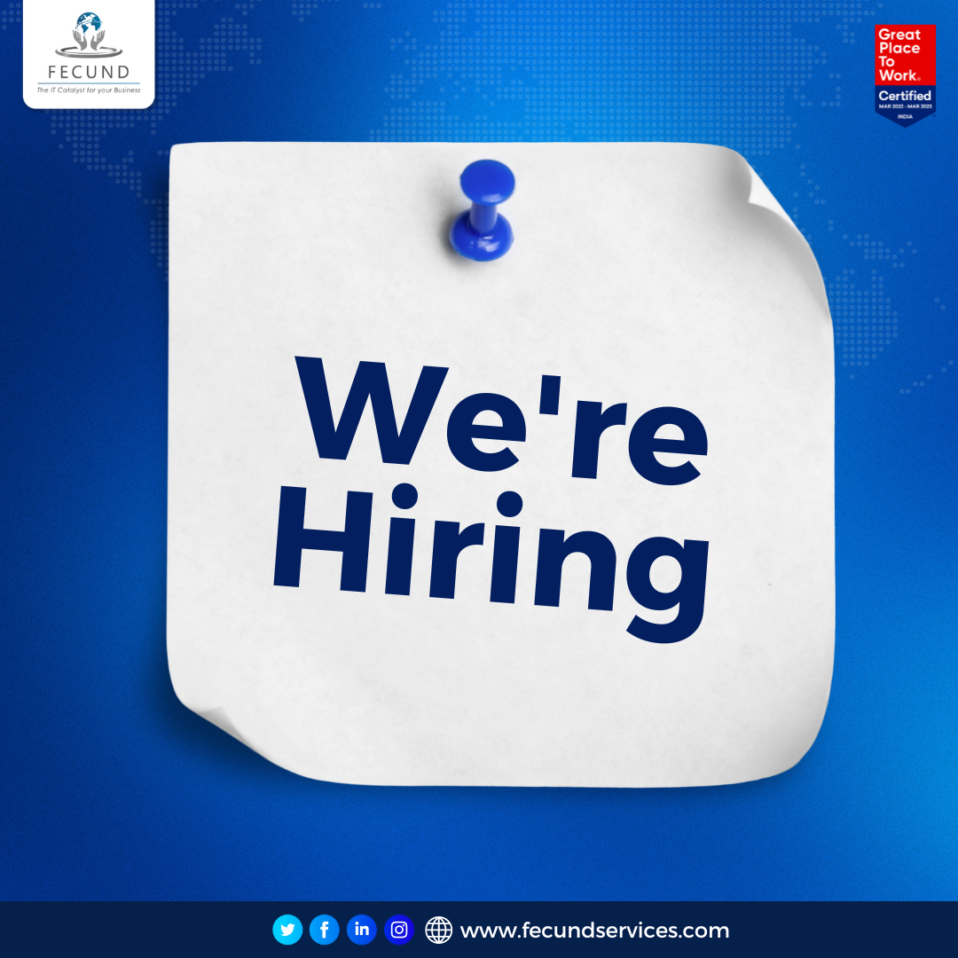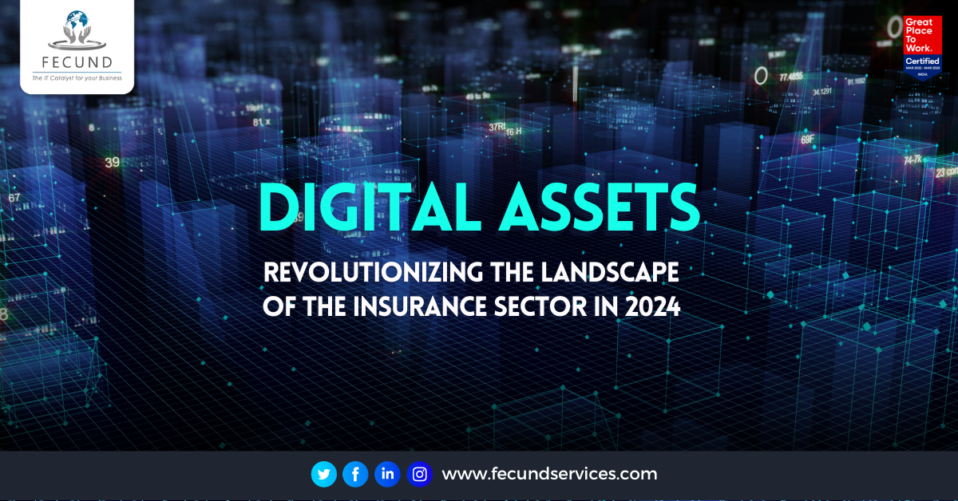
Innovative Insurance
Considering the time we live in, digitalization is the big thing for everyone. It is an age of transformation and change. Every business model is either being digitalized or crushed by the new demands.
With an increase in competition, traditional insurance companies are facing new challenges every day. For insurance companies to charge, they must recreate their traditional methods to meet the demands of today’s clients.
Insurers are already under a lot of pressure to make changes. There are new advancements every day, and with that, it will be difficult for the insurers to cope up if they do not turn towards modern technology.
Insurers must learn and adapt to these new emerging needs. At such times, innovation proves to be the key, not just for survival but also for gaining the upper hand.
Innovation:
Innovation has a different meaning for everyone. Some think of innovation as bringing new ideas to the table. While some think of it as recreating old methods. And some think of it as combining more than one idea that already works.
Overall, the whole concept is to bring something new, something unprecedented.
For Insurers to be innovative, they must explore these aspects to seize the opportunity and make the most out of it.
Micro Insurance:
It is the process of providing people with minimal savings, low-income households with coverage. These policies provide compensation for death, injury, earthquakes, illness, and natural calamities.
The most exciting part about micro-insurance is that every aspect of it can be technologically improved.
Emerging Tech:
Emerging technologies like artificial intelligence, machine learning, GPS services, chatbots, Internet-Of-Things, etc., are being experimented with and implemented by Insurers.
Insurers can’t apply all of these emerging technologies at once, but they can analyze and keep an eye on them to see which works best for them and their identity.
Workflow Automation:
Machine learning is a derivative of artificial intelligence that has been used by Insurers in automotive insurance for some time now. Although it is mostly used in the form of chatbots and drones, it is now also being used to optimize the backend workflow of Insurance companies.
With the help of automation, Insurers can improve underwriting, internal query handling, billing, and more.
Telematics Improvements:
Telematic devices consist of systems that collect data about your driving pattern. Insurance companies have used them in the past, but their recent improvements have made them a necessary tool that insurance companies must utilize.
Telematic systems allow insurance companies to quote prices better. The more dangerously you drive, the higher the premium and vice versa. The device notes down the speed, mileage, airbag deployment, acceleration, location, etc.
Blockchain:
The use of blockchain technology has become crucial for insurance companies. It allows them to gain the upper hand in the game. This technology relies on a decentralized platform providing the best security in the world.
With the help of its decentralization, all departments (claims processing, IT, underwriting) can access all the data simultaneously.
Robo Advisors:
Robo advisors allow insurers to perform repetitive or routine operations that do not require human intervention necessarily. These operations include customer data collection, query processing, underwriting new policies, etc.
Once these advisors are properly programmed and trained, they can run according to a set script. It is practically impossible to meet the client’s need at any time of the day, but Robo-advisors allow the insurers to do so.
Insurance Fraud Detection:
Day by day, new improvements are being introduced to the fraud detection software for insurance companies with the help of AI. AI can process and analyze data better and faster than a person.
Insurance companies are turning to predictive behavioral analytics to stand against fraud. This software gives the companies a comprehensive ‘digital identity’ of their potential customers to aid in fraud prevention.
Internet Of Things:
Many insurance companies are utilizing the power of wearable IoT devices. A chain of connected devices enables the customer to immediately upload images of their damaged property. From there, the agents can review the data immediately, and the claim can be made in minutes.
This saves the customer from going through a dozen of tedious work in a time of crisis.
Flexibility:
Companies should provide the customers with facilities that allow them to conduct business and self-service through some different channels. Digitalization has allowed people to stay connected 24*7 in their personal lives. They expect the same when it comes to receiving services and facilities from insurance companies.
Insurance companies can provide their customers with insurance apps, chatbots, etc., to give them the freedom to carry out small service tasks themselves.
Responsiveness:
Since technology today does not require the physical presence of a person all the time, it is easier for insurers to provide highly responsive services. Not to forget, with the help of AI, these services feel highly personalized and empathetic.
Making the customers feel comfortable allows them to build trust with the insurer,, leading to better functioning of the insurance process.
Conclusion:
The insurance industry has been one of the oldest business structures. It has disregarded the advancement of technology and improvements till now. Customers now prioritize convenience over quality. They prefer insurers who provide them with faster claims and a variety of facilities via digital media.
Bringing innovation to the insurance industry will help insurers to improve the experience for their customers. The options are boundless: AI, machine learning, blockchain, chatbots, IoT, etc. Promote structures and methods that promote new talent and bring new ideas to the workspace.




Post a comment